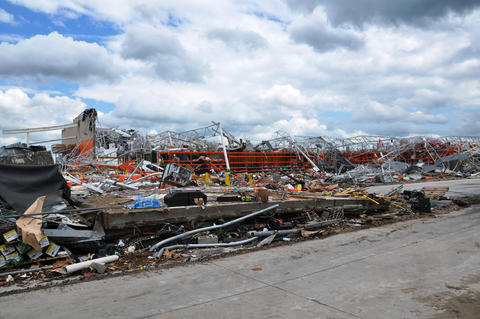How Does NIST Decide to Do a Full Investigation of a Building Failure?

The National Construction Safety Team (NCST) Act of 2002, passed by Congress and signed into law by President George W. Bush, authorized the National Institute of Standards and Technology (NIST) to conduct technical investigations of building failures, issue reports, and make recommendations to improve building codes, standards and practices. NIST is a nonregulatory agency within the U.S. Department of Commerce.
Under the NCST Act, NIST has the principal responsibility for investigating building failures in the aftermath of disaster and failure events that resulted in substantial loss of life or had the potential to do so. These events could include natural disasters such as earthquakes, fire and windstorms; failures in building structures or design; and terrorist attacks.
NIST has investigated many failures and disasters in the past, including the World Trade Center collapses, the Pentagon attack on 9/11, and many hurricanes, tornadoes and earthquakes throughout the world. NIST’s technical staff includes experts in many areas, including structural engineering, geotechnical engineering, concrete building design, materials science, social sciences, economics, and disaster science. NIST’s engineers go into a failure investigation with an open mind regarding what may have caused the failure.
NIST is currently investigating the Champlain Towers South building collapse and the effects of Hurricane Maria in Puerto Rico.
Before deciding whether to conduct a full technical investigation under the NCST Act, NIST deploys experts to the area for a preliminary reconnaissance mission to collect firsthand information about the event. Based on what the experts find, NIST’s Director may establish and deploy a full NCST Act Team.
The immediate objectives for the preliminary reconnaissance mission are to:
- ensure that critical evidence that may be useful for a technical investigation is preserved; and
- gather the relevant data to determine the appropriate next steps.
In determining whether a full NCST technical investigation will be conducted, NIST considers factors including whether an event was:
- a major building failure due to an extreme natural event such as an earthquake, hurricane, tornado, or flood, or due to a fire;
- a major failure at significantly less than a building’s design basis, during construction, or while in active use; or
- an act of terrorism or other event resulting in a Presidential declaration of disaster and activation of the National Response Plan; and
- whether a full technical investigation is likely to yield significant new knowledge or building code recommendations that will help reduce the risk of failures in the future.
If a full technical investigation or study is conducted, its ultimate goal is to determine the technical cause of the collapse and, if indicated, to recommend changes to building codes, standards and practices, or other appropriate actions to improve the structural safety of buildings. NIST’s role under the NCST Act is not to determine whether there was a criminal act, a violation of any applicable federal requirements or state or local code or regulatory requirements, or to determine any associated culpability.
Contacts
-
NIST Disaster and Failure Studies Program

